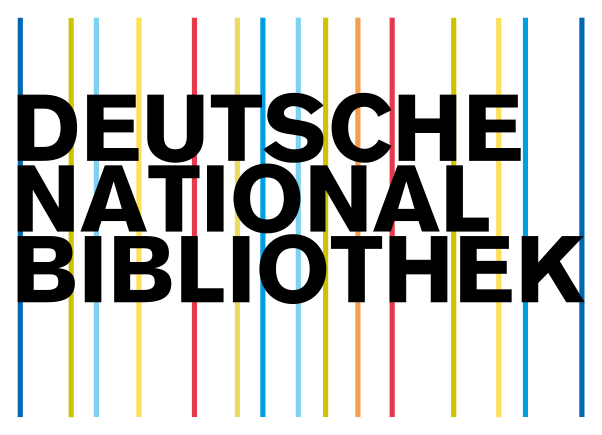Diagnosis of Diabetic Retinopathy Using Machine Learning Techniques and Embedded Systems
Keywords:
Diabetic Retinopathy, Non-proliferative (NPDR) Diabetic Retinopathy, proliferative (PDR) Diabetic Retinopathy, optic disc, Support vector machine, Exudates, microneurysms, ATmega328 microcontrollerAbstract
The complication of diabetes causes blindness known as Diabetic Retinopathy (DR). It is very widespread among middle-aged and elderly people. To overcome DR, an early detection is needed. DR can be divided into two groups; one is non-proliferative (NPDR) while the other is proliferative (PDR). In this study, machine learning (ML) techniques are used to diagnose DR at an early stage which uses PNN, SVM, Bayesian Classification and K-Means Clustering. Techniques will be evaluated and compared with each other to choose the best methodology. A total of 300 fundus photographs are processed for training and testing. The features are extracted from these raw images using the image processing techniques. After an experiment, it is concluded that PNN has an accuracy of about 89%, Bayes Classifications 94%, SVM 97% and K-Means Clustering 87%. The preliminary results prove that SVM is the best technique for early detection of DR.






